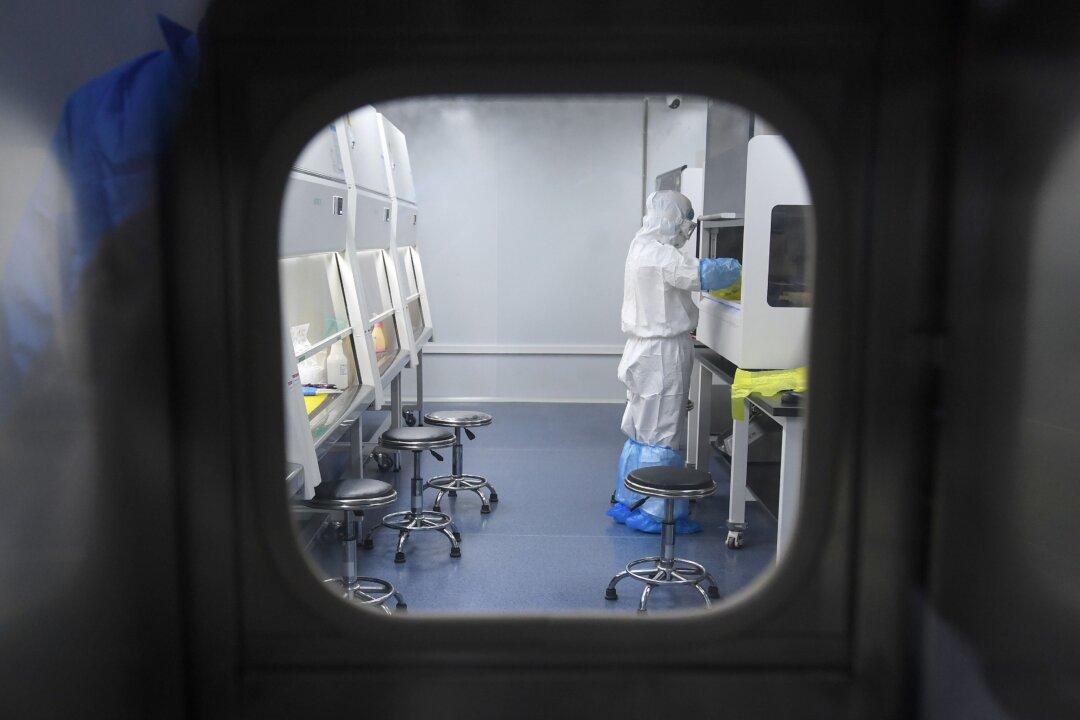Commentary
The recent security breach of 23andMe has prompted conservative groups to call for an amendment to the National Defense Authorization Act (NDAA) to break ties between the U.S. government and China-linked biotech firms.

The recent security breach of 23andMe has prompted conservative groups to call for an amendment to the National Defense Authorization Act (NDAA) to break ties between the U.S. government and China-linked biotech firms.